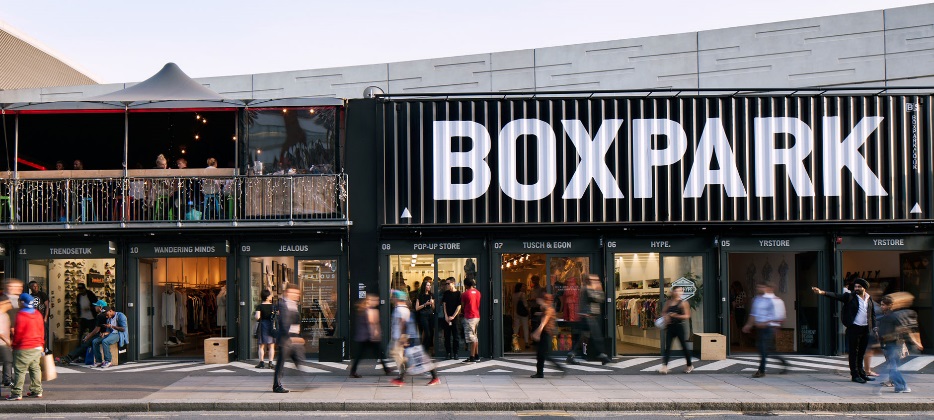Ecommerce: Northwestern University study on how online reviews affect sales
Every week (as the name suggests), I write the Marketing Sherpa Chart of the Week email newsletter. And so, every week, I come across interesting research and data, along with sources that add analysis and color to that research.
Usually, that analysis is confined to the MarketingSherpa Chart article. However, this week, my cup especially runneth over with good ideas and analysis that I thought you might find helpful on your ecommerce sites, especially as you set the groundwork for your holiday marketing initiatives.
When I interviewed Tom Collinger, the Executive Director of the Spiegel Research Center at Northwestern University, and Edward Malthouse, professor at Medill Northwestern and the Research Director of the Spiegel Center, we went well over our allotted time.
You can see their data and some of their analysis in this week’s Chart of the Week article — Ecommerce Chart: Star ratings’ impact on purchase probability. But if you’d like a deeper understanding of their research into how online reviews affect sales, I’ve included a lightly edited transcript of our conversation below. To make the transcript easily scannable for you, I call out key points with bolded subheads
Bringing evidence to the answer of how newer forms of consumer engagement with brands drive financial impact
Daniel Burstein: Why don’t we jump in and you give me a high level of the type of work you’re doing here? I believe, Tom, we may have had you as a source in the past at one point.










